Summary
- The Galaxy Watch 8 starts from $349 for the smaller variant, runs on One UI 8 Watch (based on Google’s Wear OS 6) out of the box, and offers a touch-based bezel.
- Apple’s Watch Series 10 starts at $399 for the 42mm variant. It features a rectangular screen, extensive fitness-tracking capabilities, and offers an 18-hour battery life.
- Given that both smartwatches excel within their respective ecosystems, we aim to determine which one is more effective at tracking health-related metrics.
Samsung’s latest smartwatch, the Galaxy Watch 8, boasts a new design, a powerful chipset, and a Wear OS 6-based user interface, offering numerous fitness-tracking capabilities. But is it better than the Apple Watch Series 10? Let’s find out.
Price & Availability
You can now pre-order the Galaxy Watch 8, with deliveries starting July 25, as general sales begin. While the 40mm Wi-Fi and LTE variants cost $349.99 and $399.99, the 44mm Wi-Fi and LTE models cost $379.99 and $429.99, respectively.
The Apple Watch Series 10 (42mm) costs $399 with GPS and $499 with LTE connectivity. The 46mm variant costs $429 with GPS and $529 with LTE. If you’re eyeing the model with a titanium casing, you’ll have to spend $699 for the smaller and $749 for the larger variants.
Galaxy Watch 8 | Apple Watch Series 10 | ||
40mm Wi-Fi | $349.99 | 42mm GPS | $399 |
40mm LTE | $399.99 | 42mm LTE | $499 |
44mm Wi-Fi | $379.99 | 46mm GPS | $429 |
44mm LTE | $429,99 | 46mm LTE | $529 |
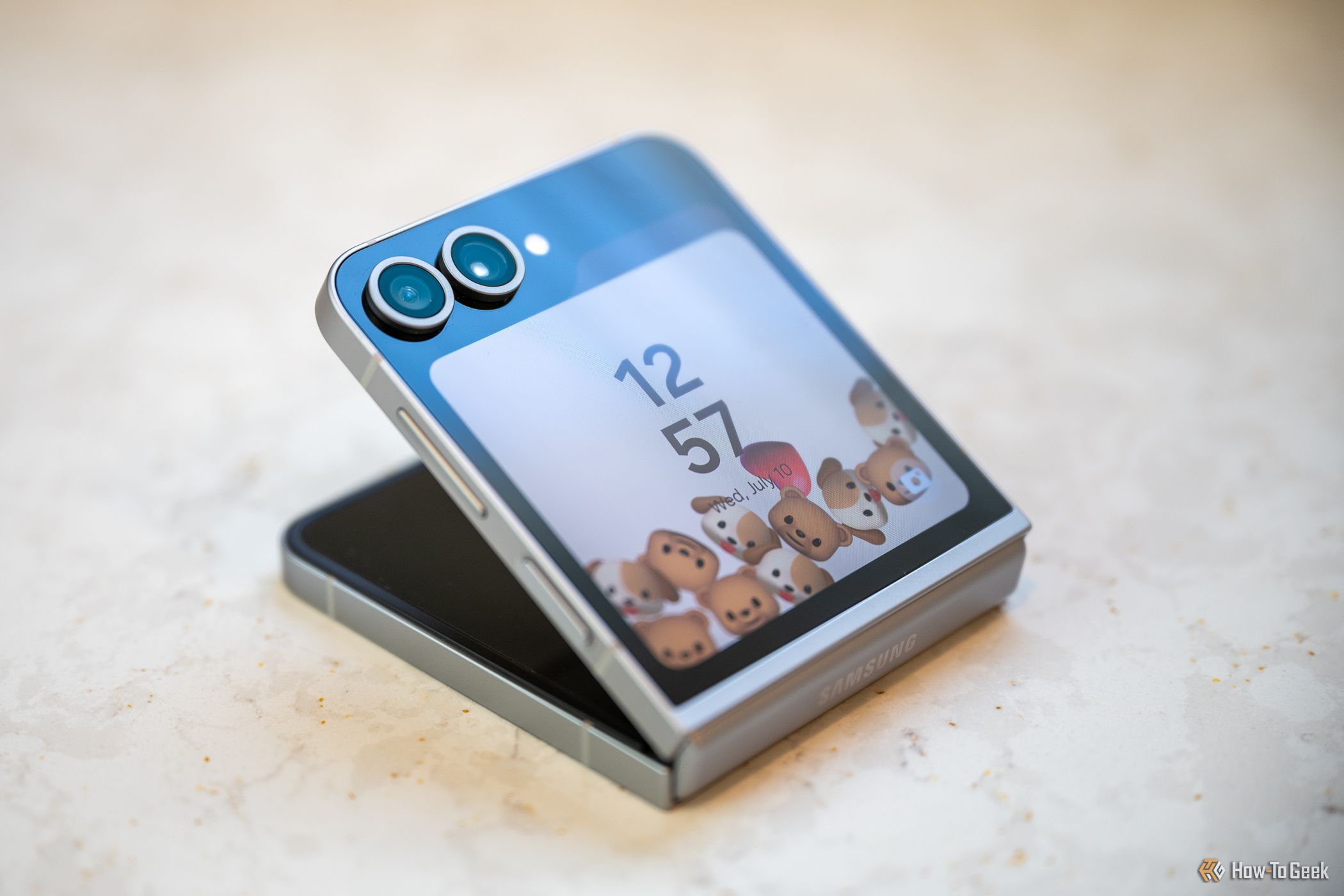
Get a $50 Credit When You Reserve a Samsung Galaxy Z Fold 7 or Z Flip 7
Get ready for new foldables.
It’s Squircle vs. Rectangular Design This Year
Unlike iPhones with flat screens, the Watch Series 10’s screen has slightly rounded edges that seamlessly blend into the rectangular frame (aluminum or titanium). On the other hand, the Galaxy Watch 8 boasts a flat, circular screen inside its squircle aluminum casing (first seen on the Galaxy Watch Ultra).
With the Galaxy Watch, you get two side buttons, whereas the Apple Watch offers a Digital Crown and a side button.
Coming to variants, Samsung’s latest smartwatch is available in two sizes: 40mm (40.4 x 42.7 x 8.6mm) and 44mm (43.7 x 46 x 8.6mm). While the former weighs 30 grams, the latter weighs 34 grams (only slightly heavier than their predecessors).
Apple’s Watch Series 10 is also available in two sizes: 42mm (42 x 36 x 9.7mm) and 46mm (46 x 39 x 9.7mm). While the former weighs 30 grams, the latter weighs 36.4 grams. Please note that the weights mentioned for both smartwatches refer to their respective GPS variants.
Regarding durability, the Watch 8 offers an IP68 rating, a 5ATM water resistance, and complies with the MIL-STD-810H standard, making it fit for use in harsh environmental conditions. Similarly, the Watch Series 10 features an IP6X dust resistance rating and 50m water resistance. It is also suitable for shallow diving up to 6 meters.
Last but not least, Samsung’s smartwatch is available in graphite and silver colors, while the Apple Watch is sold in three colorways for the aluminum (Jet Black, Rose Gold, Silver) and titanium (Slate, Gold, Natural) casings.
Apple Watch Series 10 Offers Bigger Screens
While you get a circular dial (inside a square with rounded edges) on Samsung’s Watch 8, the Watch Series 10 features a rectangular screen (that mimics the screen on smartphones).
Naturally, viewing text in messages, emails, and other notifications feels more natural on a rectangular display, as the text doesn’t go beyond the screen’s round boundaries. However, this shouldn’t be a problem on the Watch 8, given its expansive screen real estate (especially on the larger variant).
The 40mm and 44mm versions of the Galaxy Watch sport 1.34-inch (438 x 438 pixels) and 1.47-inch (480 x 480 pixels) screens, respectively. In contrast, the Apple Watch’s 42mm and 46mm versions feature 1.89-inch (374 x 446 pixels) and 2.04-inch (416 x 496 pixels) displays, respectively.
The Watch Series 10’s bigger screens are a clear advantage. However, the Galaxy Watch 8 offers a touch-based rotating bezel functionality.
The Galaxy smartwatch uses a Super AMOLED panel with a peak brightness of 3,000 nits. The Apple Watch also sports a Retina LTPO3 OLED panel with a 1Hz minimum refresh rate, but substantially lower peak brightness (2,000 nits),
While Samsung equips the Galaxy Watch with sapphire crystal glass over the screen, the Apple Watch relies on Ion-X glass for the aluminum and sapphire crystal for the titanium variants.
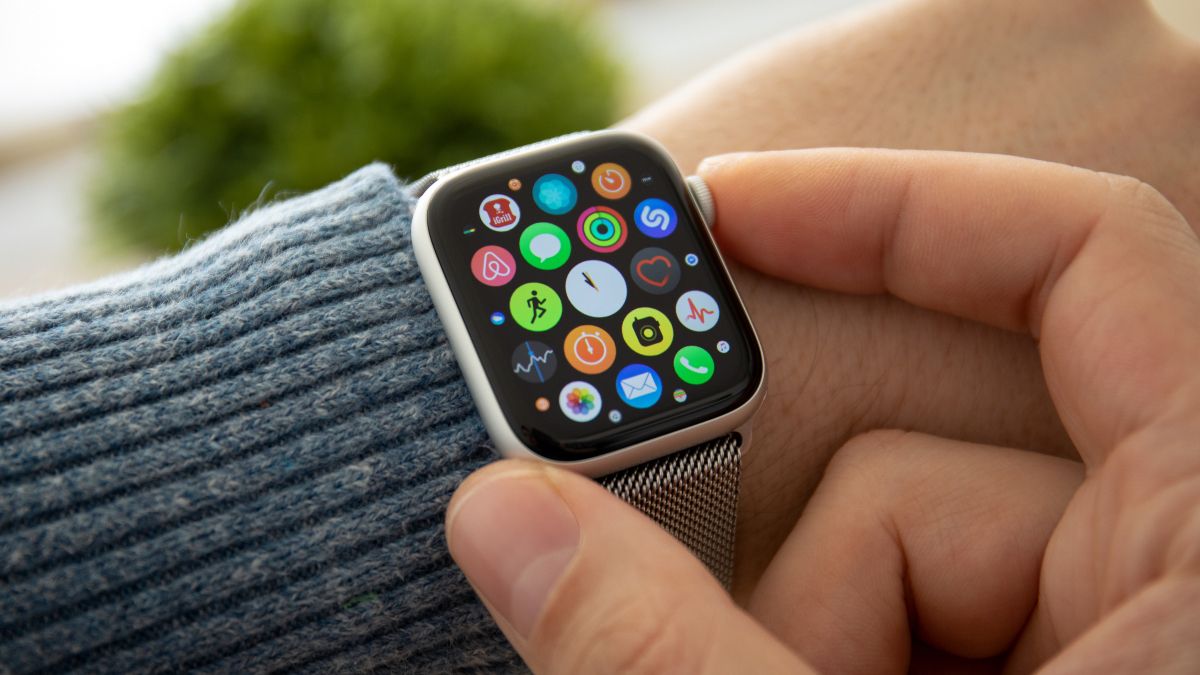
12 Apple Watch Features You Should Be Using
Don’t sleep on these features if you have an Apple Watch.
One UI 8 Watch vs. watchOS 11
Out of the box, the Watch 8 runs on the Exynos W100 (3nm) chip and One UI Watch 8, which is based on Google’s Wear OS 6. The new user interface introduces a refreshed look with multi-info tiles and adds the Now Bar feature. It also brings the Gemini AI assistant to the smartwatch.
The device also gains new health-tracking capabilities, including Bedtime Guidance, which formulates a personalized sleeping schedule for you, and Running Coach, which analyzes your running proficiency and creates a training program to improve it.
Then there’s Vascular Load, a feature that determines your baseline vascular stress and informs you if it increases or decreases. Another unique Galaxy Watch 8 feature is its ability to estimate the level of antioxidants in your body.
In addition to these features, the smartwatch boasts a functional blood oxygen saturation sensor (which the Apple Watch Series 10 lacks), a BioActive sensor, and a skin temperature sensor, as well as sleep apnea detection and an advanced glycation end products (AGEs) index.
On the other side of the fence, Apple’s Watch Series 10 gets the S10 SiP with a four-core Neural Engine and double the storage capacity of its rival (64GB vs. 32GB). With watchOS 11, you can pause or edit your Activity Rings, check your Training Load, and explore new exercise types with route maps.
Like the Galaxy Watch, the Apple Watch doubles as a fantastic fitness tracker. It offers a depth gauge and water temperature sensor for snorkeling, sleep apnea detection, and a streamlined view of all your health-related metrics in the Vitals app, in addition to other features like ECG, high/low heart rate alerts, and irregular rhythm notifications.
Later this year, Watch Series 10 users will gain access to watchOS 26, which will introduce a Workout Buddy that provides insights and personalized spoken motivation during workouts, an improved Smart Stack with contextual suggestions, and a new one-handed wrist flick gesture to dismiss notifications.
While features like emergency calls, crash detection, and built-in GPS are standard on both smartwatches, Apple includes an ultra-wideband chip on its latest smartwatch for tracking (in case you’ve misplaced the device) via the Find My app.
Considering everything, it appears that the Galaxy Watch 8 has an upper hand in terms of health-tracking features.
Galaxy Watch 8 Lasts Longer Between Charges
Despite having slightly larger batteries, the 2025 Galaxy Watch should offer a similar usage time as its predecessor. We’re looking at 30 hours with the always-on display enabled and 40 hours without the feature.
The Watch Series 10, like its predecessor, is rated to last for up to 18 hours in regular mode and 36 hours in Low Power Mode. It’s high time Apple improved the battery life of its smartwatches, as they have been lagging behind the Galaxy Watches for years now.
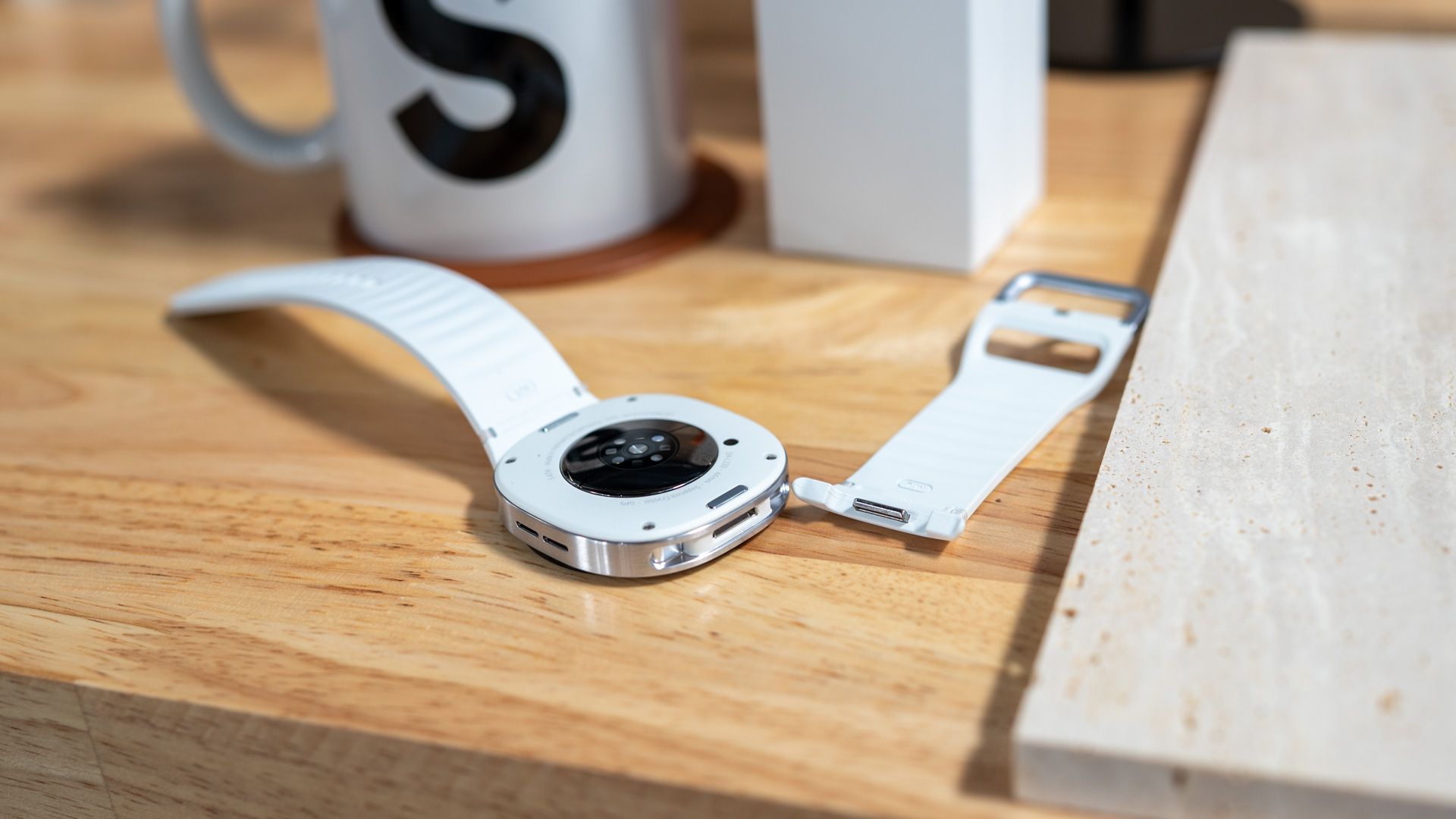
Samsung Quietly Ditched One of the Galaxy Watch’s Best Features
End of an era.
Which Smartwatch Is Right for You?
This is the thing with the Samsung vs. Apple wearables comparison. No matter how objectively I compare the two products, ultimately, your choice will depend on the devices you already have.
Given that both smartwatches and their advanced health-tracking features are locked to their respective ecosystems, you can get a good idea about which device offers what features, but you’ll have to choose the one that is compatible with your smartphone.
Even so, I’ll say that Samsung has done an excellent job of making the Galaxy Watch 8 more than just a smartwatch: it seems to be a better fitness tracker. However, that doesn’t take away anything from the Apple Watch Series 10’s accuracy, premium build, and comprehensive feature set.

- Brand
-
Samsung
- Operating System
-
Wear OS
- CPU
-
Exynos W1000 (5 Core , 3nm)
- RAM
-
2GB
- Storage
-
32GB
- Dimensions
-
43.7 x 46.0 x 8.6t
Now thinner and more comfortable, the Galaxy Watch 8 adds new health-tracking features like sleep apnea detection and antioxidant readings.

- Brand
-
Apple
- Heart Rate Monitor
-
Yes
- Color Screen
-
Yes
- Notification Support
-
Yes
- Battery Life
-
18 hours in Low Power Mode
- Calendar
-
Yes
Discover the Apple Watch Series 10, the thinnest and most advanced Apple wearable yet. Featuring a vibrant wide-angle OLED display, sleep apnea detection, and enhanced fitness tracking, it supports new water sports apps like Depth and Tides. Powered by the S10 chip, it delivers seamless performance and fast charging.
I’ve also drafted other comparisons between the Galaxy Watch 8 and the Galaxy Watch 7, Galaxy Z Fold 7 vs. Galaxy Z Fold 6, and the Galaxy Z Flip 7 vs. Galaxy Z Flip 6, if you want to check them out.


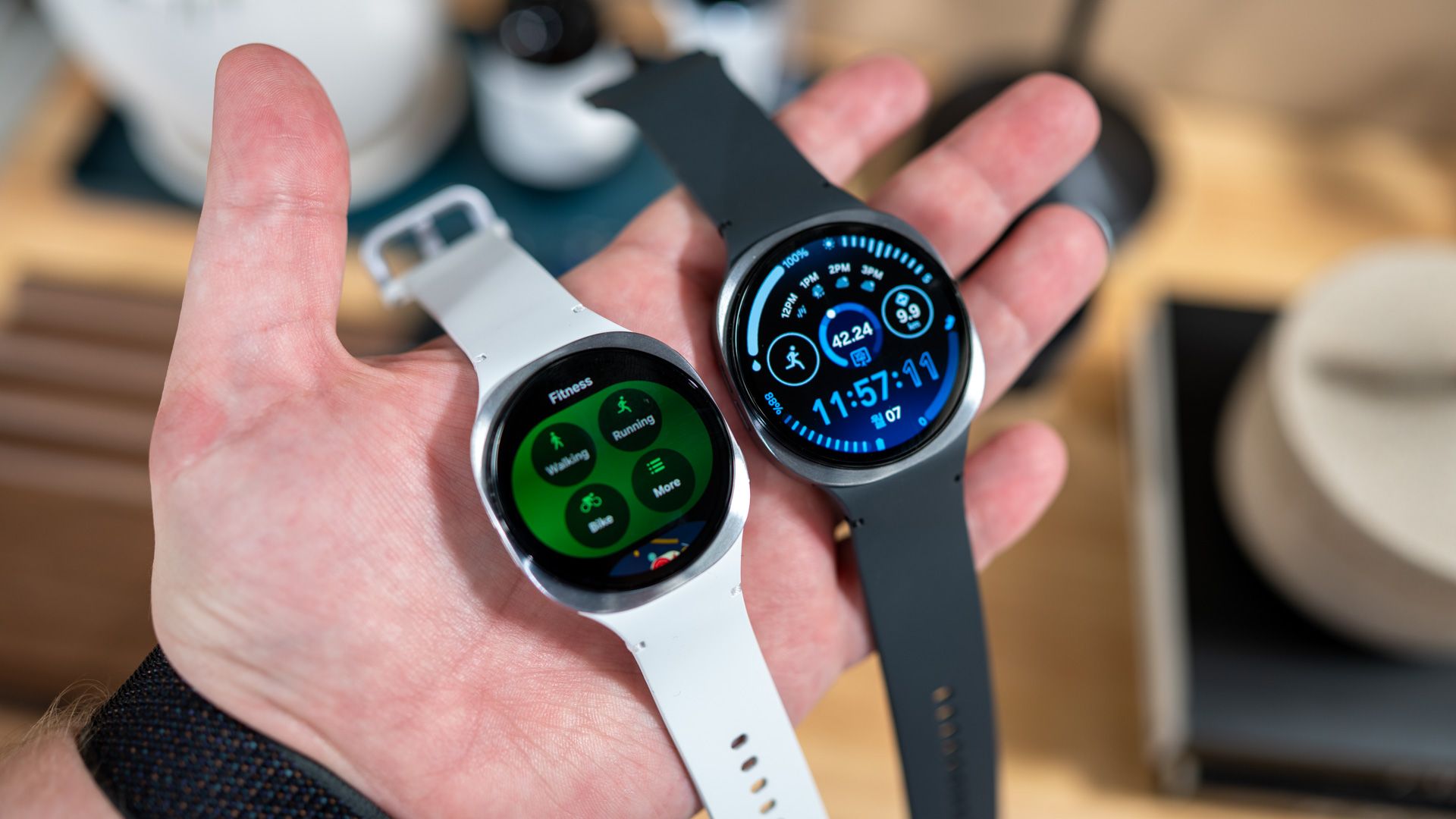
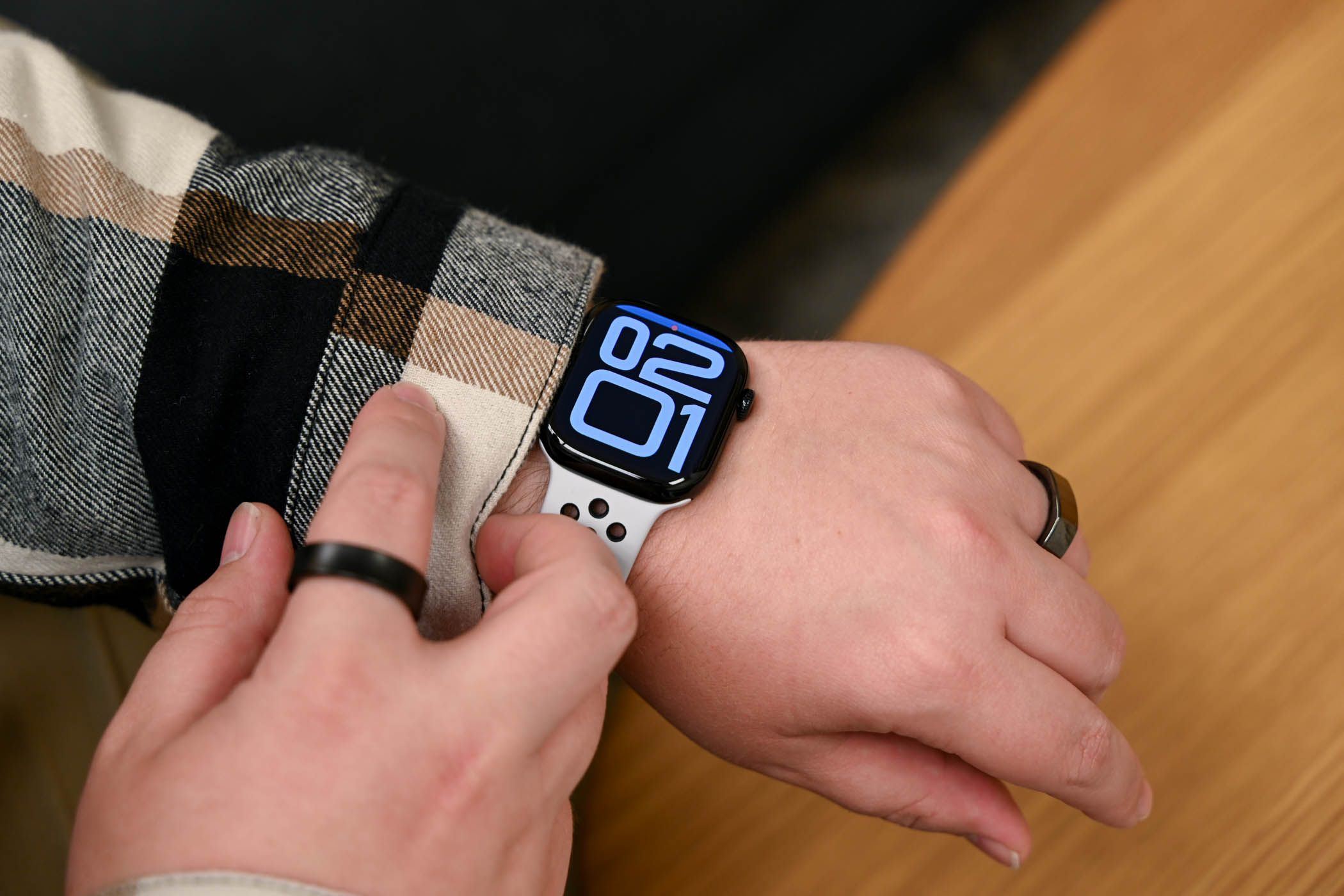

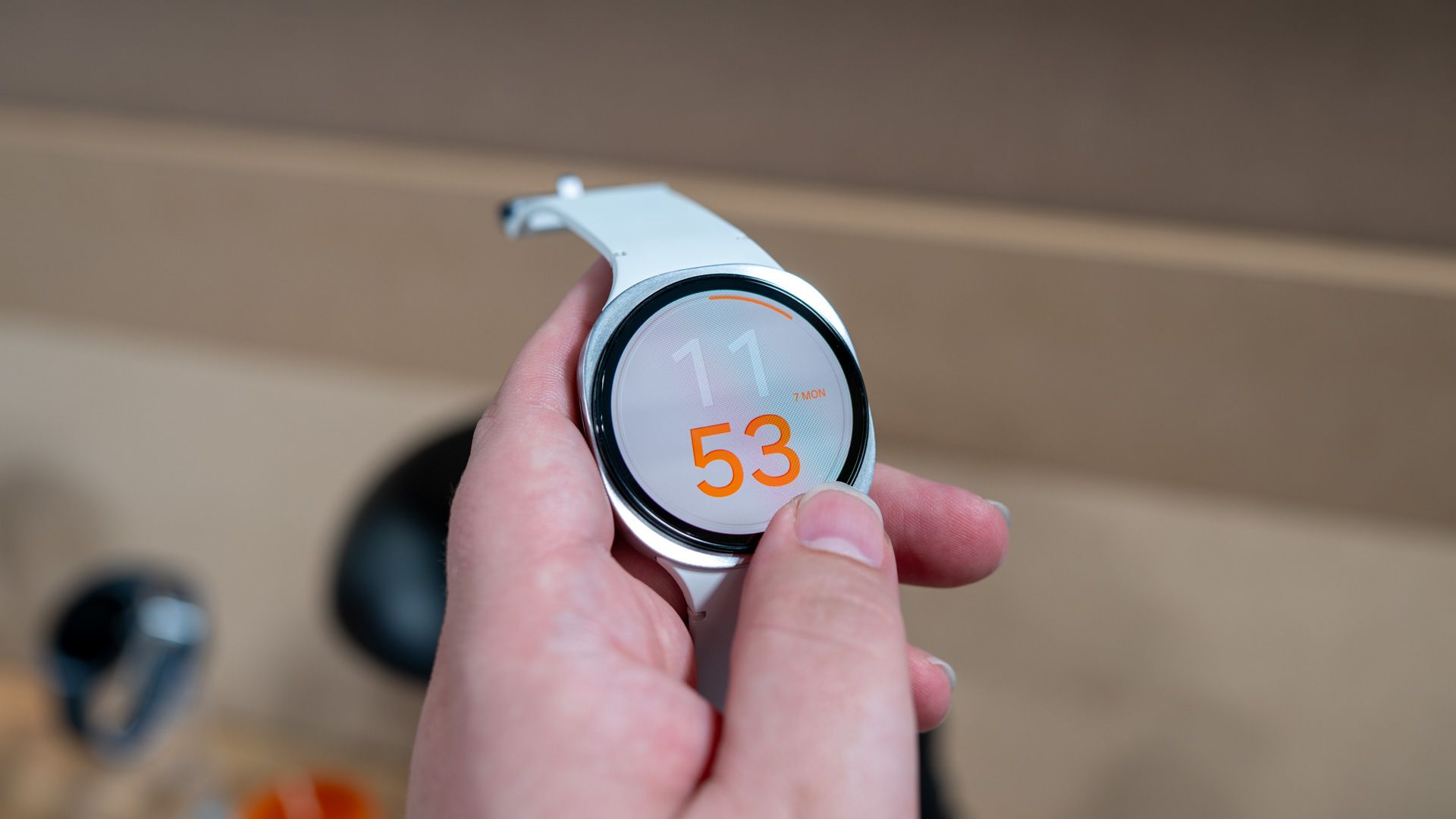

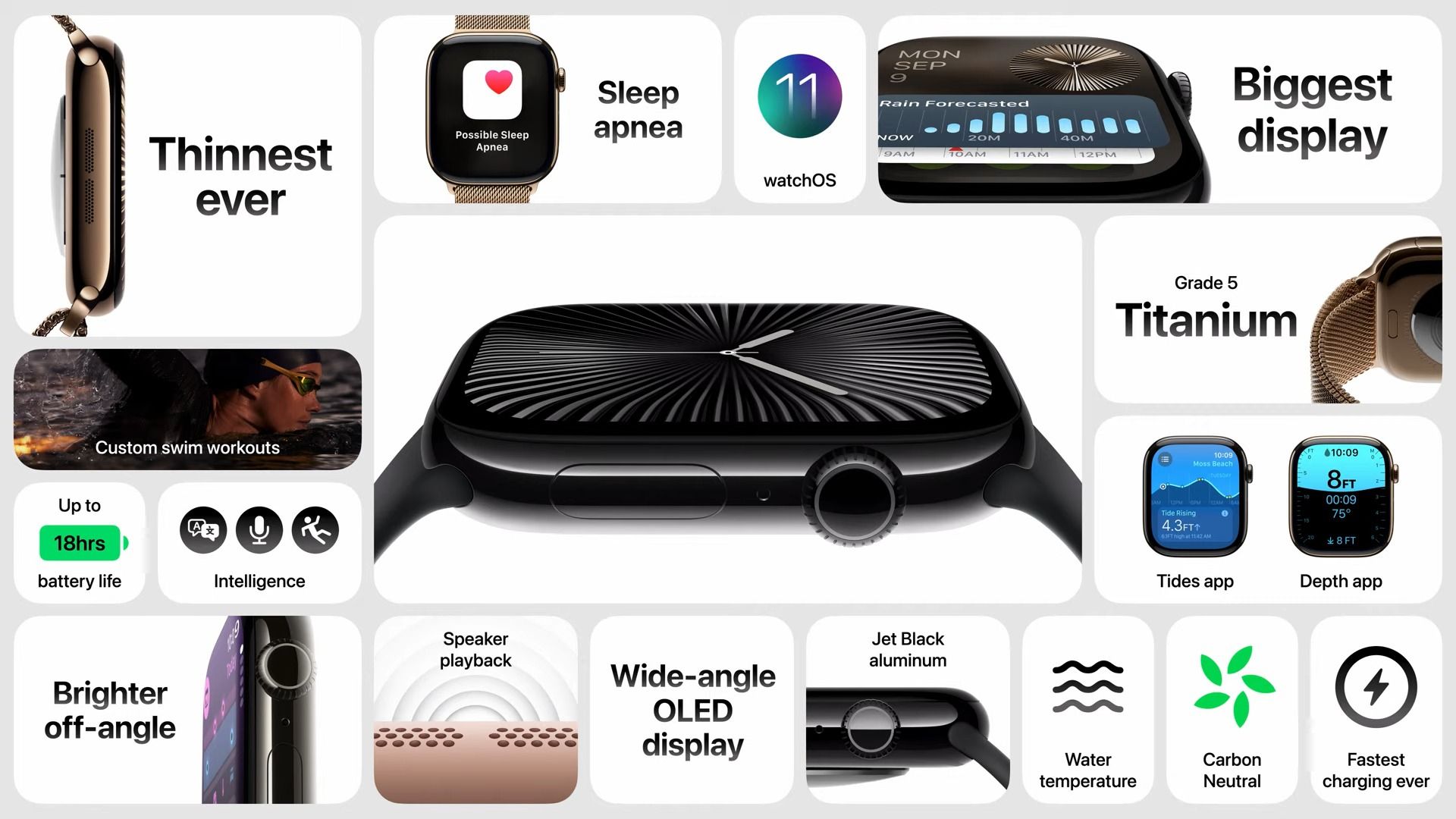

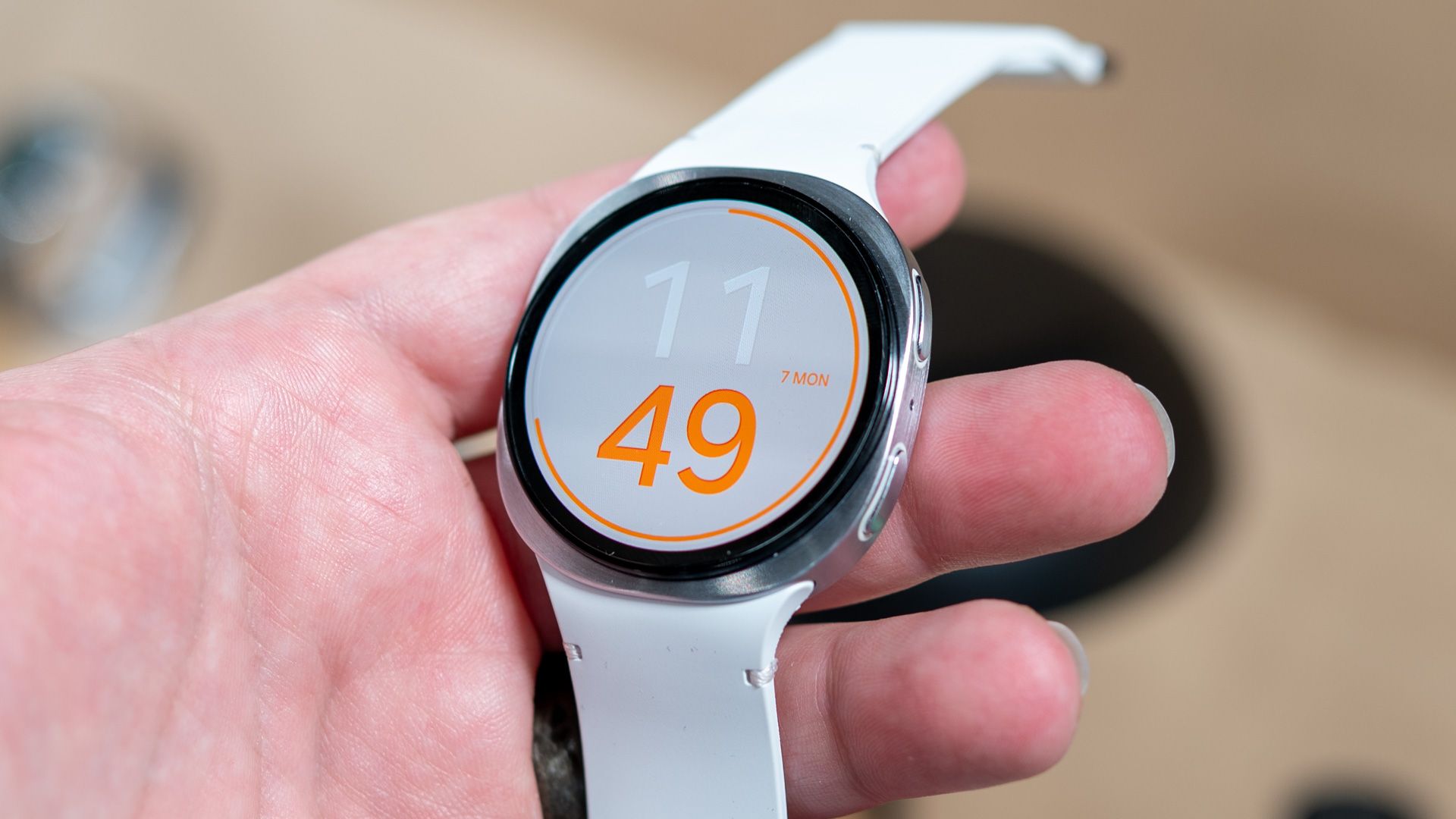
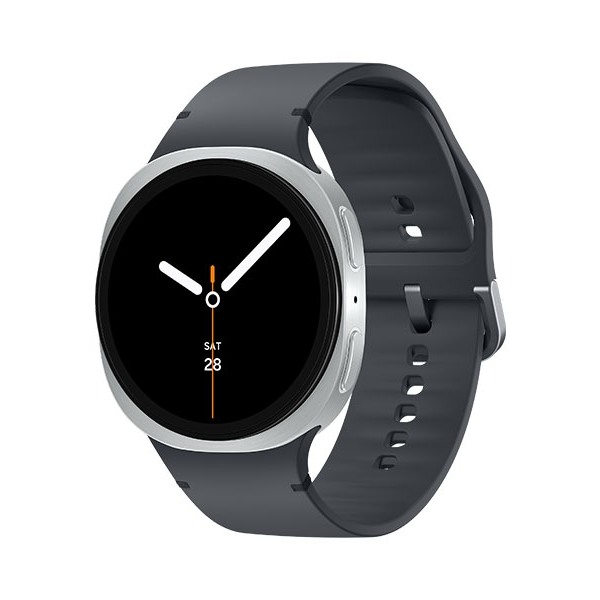
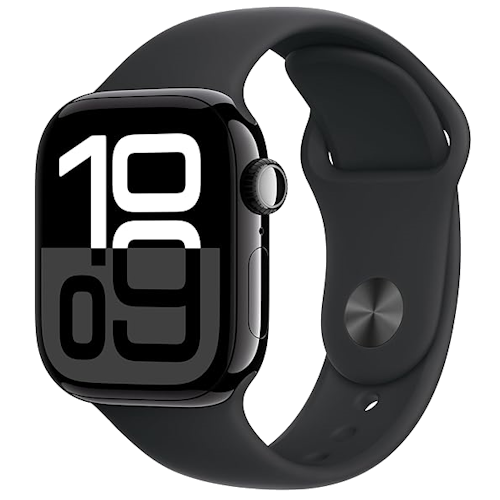

:max_bytes(150000):strip_icc()/fitbit-versa-4b7edd55521241f2b91fbf8db9c5cc2e.jpg?w=1174&resize=1174,862&ssl=1)



Leave a Comment
Your email address will not be published. Required fields are marked *